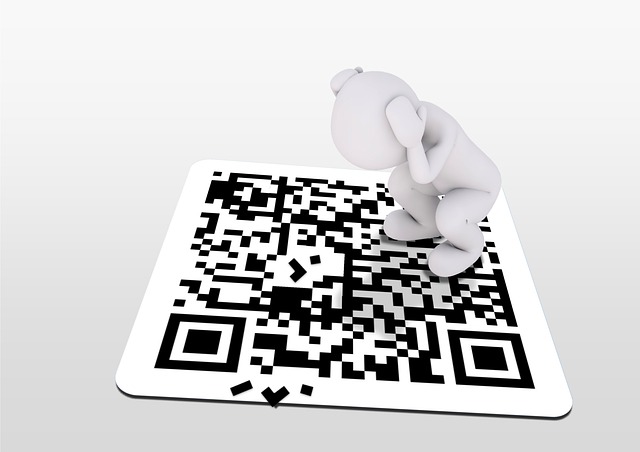
What the Heck is a QR Code?
This is the first in a series of four brief articles on QR Codes. We’ll start with a description of…

This is the second in a series of four brief articles on QR Codes. We now know what QR codes are and where they came from (‘What the Heck is a QR Code’) and now we’ll look at where and how they are used. In future articles, we’ll talk about security and discuss where this technology might be going.
QR codes are not yet found everywhere but their adoption rate is growing rapidly. A recent marketing article by www.marketectsinc.com reported that there has been a 1,200% increase in the use of QR codes in the six months ending in April 2012. So we may ask ourselves ‘who is using these new codes and how are they being used?’, but first let’s talk about how they are accessed.
One of the major goals in the creation of QR codes was ease of use and that has certainly been accomplished through the use of cell phones and QR reader applications. By simply scanning or taking a picture of a QR code on a poster for a new movie for example, a person could be directed to the movie trailer and be offered a discount coupon that is redeemable at a particular theatre. Although the ‘mobile society’ can use QR code scanning as a means to access an internet URL for more information, QR readers are also available for installation in fixed locations for industrial applications. These would be similar to the already present barcode readers we all use to find out we did not win a prize in our favorite lottery this week.
QR codes have many applications but the majority of them (at least today) are in the marketing area. About 33% of current Android/iPhone users scan QR codes in a newspaper or other publication to enter a contest by filling in an entry form that appears on their screen. The Business to Consumer usage is growing rapidly but QR codes are also used to permit access to information about products and services. Vendors and manufacturers can use QR codes to provide current information to a user by bringing the user to a website where the user can view the latest posted item. This could be something as simple as a lunch menu item… and an alert that a discount would be in effect if the user decided to have lunch at that establishment within the next hour.
Some companies, in their push to support the ‘latest new technology’, have not provided mobile-friendly websites for the Android/iPhone users to access and the users’ experience is compromised simply because they cannot easily navigate a website designed for a computer-based Internet browser. Some companies print a QR code on their product packaging so a user can access and view a video that explains how the product is to be assembled. Several business card printing companies provide their clients with an option to print a QR code on their business card so others can simply scan it and have the person’s information added to their contact list.
Innovative companies have taken QR code usage to whole new level. A common concern of engineering construction companies is that contractors often take a hard copy of a drawing from the company’s Electronic Document Management System to the worksite and make decisions based upon that drawing. While this is expected, the contractor cannot always be assured that the drawing used is the latest version. An innovative use of QR codes was made by the Costain-Laing O’Rourke Joint Venture organization who were working on the Central London UK Bond Street Station Upgrade for the London Underground system. The company implemented a QR code system where the individual at the construction site could scan the QR code printed on the drawing from a Smartphone. The server responding to the link would issue a ‘green’ or ‘red’ text statement, to indicate the drawing was current or that it someone had updated it since the hard copy was printed. This approach dramatically reduced the number of improper decisions made based on the drawing in the hands of the construction crews.f
As we continue to see QR codes adopted by more businesses, we will undoubtedly see more potential use and misuse of this near ubiquitous technology. In our next article, we’ll talk about additional QR code usage and the security (or perhaps SeQRity) about them. Click here to read it.
DocBoss is the only true document control system for
suppliers. Book a quick demo to see how we help process
equipment suppliers make more profit with less pain.